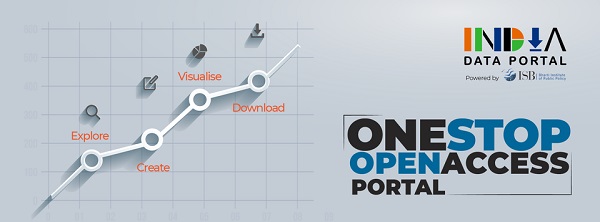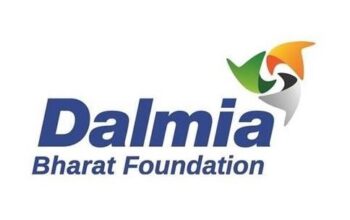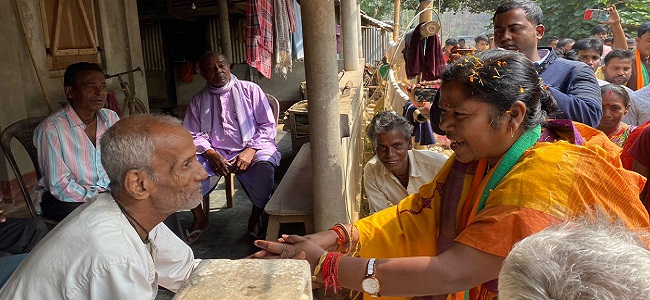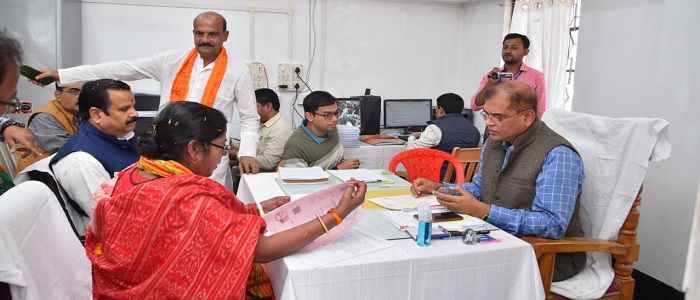Kolkata: India Data Portal (IDP) on Monday conducted a Media Workshop on ‘Using Open Data for Creating & Presenting News Stories’ in Kolkata. The workshop was held in collaboration with GPC, says a press release.
The workshop focussed on using data in journalism, and how to present data through attractive visualisations using www.indiadataportal.com.
The sessions covered familiarisation with the IDP, which hosts a wide range of processed and documented datasets from Central and State Public Agencies and Government Departments. It also covered high-frequency indicators launched during COVID19 to track the health of the Indian economy under the IndiaPulse@ISB initiative.

The visualisation from Mission Antyodaya Dataset showing the availability of electricity supply for more than >12 hours in the rural sector across different districts in West Bengal. Availability of electricity for domestic use >12 hrs. https://tinyurl.com/y2yvr37n.
IDP from the Bharti Institute of Public Policy (BIPP) at the Indian School of Business (ISB), is one-stop platform for over 60 datasets ranging from Food and Agriculture, Union Budget, Election, Rural Development, Socio-Economic, financial inclusion, NSSO, and Govt Schemes to name some.
There are over 30 High-Frequency datasets that talk of the economic indicators like Inflation, Market, Company registration, MNREGA, Covid related, and employment to name a few.
These datasets are sourced from the Government, cleaned, and neatly categorized to make data use easy for all. This is a free portal and people have the option to get visualisations or download the clean data and use it according to their requirements.
A highly skilled team on the back end is working to add new datasets and update the present ones on the portal, with an aim to popularise the use of data to support news stories and promote fact-based news, policy-making and research.
IDP is an initiative to enhance transparency in governance, and citizens’ right to access and use public data related to significant aspects of policy making.
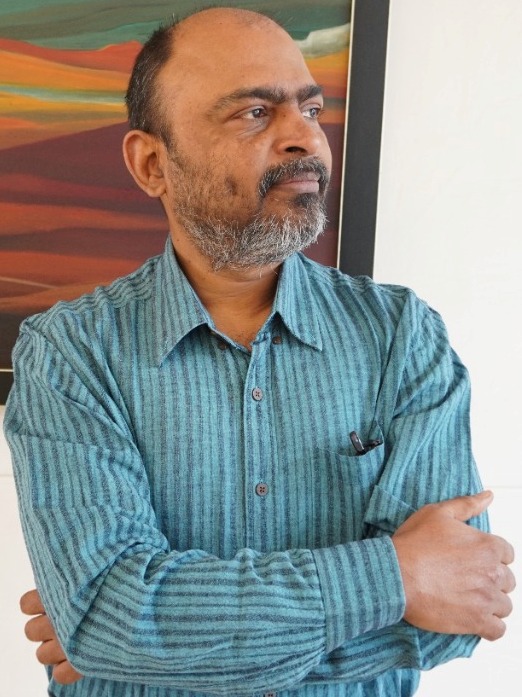
Dr. Ashwini Chhatre, Executive Director, BIPP, ISB said, “The ideation behind building “India Data Portal” came from creating a one-stop open-access portal for journalists and simultaneously aiding the researchers, students, policymakers with the access, interaction, visualisation of the complex data related to agriculture and financial inclusion Food and Agriculture, Economy, Union Budget, Socio-Economic, Rural Development and General domain. The high frequency indicators track the economic recovery process in post-Covid-19 situation through high-frequency indicators in eight sectors – Industrial activity, GDP, CPI, Google Mobility, employment, Money Market, health and much more.”
Dr. Ashwini Chhatre added, “The portal provides easy access to complex data, dynamic Search Bar, Instant data-visualisations with a single click of a button, flexibility to select indicators for individual content requirement, datasets and indicators on the portal communicate with each other. By using mathematical operations, users can create their own indicators that can be visualized. Comparing Variables across Datasets is the unique character of India Data Portal which is tough to find anywhere else. India Data Portal provides this unique functionality of comparing variables across different datasets.”
Data has become very crucial in today’s world, especially for journalists to write and provide fact-based information to their readers. India Data Portal is an effort in this direction. It aims to be the digital data diary for journalists, one-point access for all kinds of data sourced from different govt ministries. It shall turn out to be a very useful resource for the media fraternity.
The use of IDP helps journalists, researchers, public policymakers and academicians to access, interact with, and visualise data related to agriculture, financial inclusion and rural development, in six Indian languages – Hindi, Bengali, English, Marathi, Odia and Telugu. We plan to expand to other vernacular languages in the time to come.
